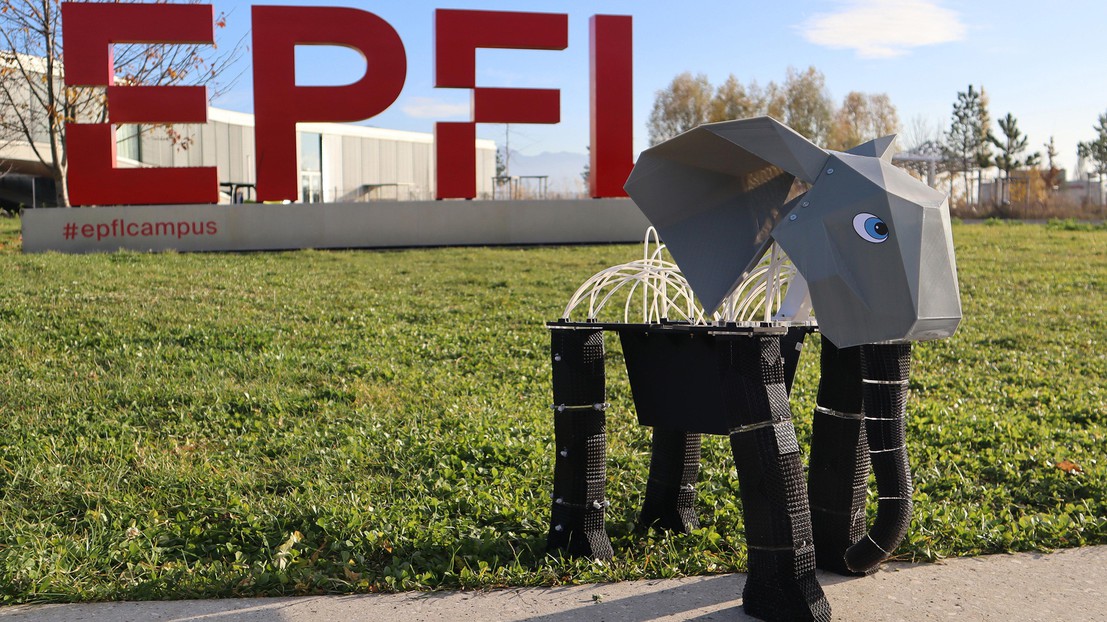Researchers at Switzerland’s EPFL have created a 3D-printable lattice structure that can mimic different biological tissue properties using a single foam material. The team from the Computational Robot Design and Fabrication Lab developed the technology to address challenges in creating robots with both soft and rigid components. Their research was published in Science Advances.

The programmable lattice consists of individual cells that can be configured in over one million different arrangements. The system uses two main cell types – body-centered cubic (BCC) and X-cube – which can be blended to create hybrid cells with varying stiffness and load-bearing properties. “This approach enables the continuous spatial blending of stiffness profiles and allows for an infinite range of blended unit cells. It’s particularly suited for replicating the structure of muscular organs like an elephant trunk,” says PhD student Benhui Dai.
The researchers demonstrated their technology by building an elephant-inspired robot with a flexible trunk and more rigid joints. Postdoctoral researcher Qinghua Guan noted, “We used our programmable lattice technique to build a musculoskeletal-inspired elephant robot with a soft trunk that can twist, bend and rotate, as well as more rigid hip, knee, and foot joints. This shows that our method offers a scalable solution for designing unprecedentedly lightweight, adaptable robots.”
The lattice structure can be programmed in two dimensions – cell shape and position within the lattice. Cells can be rotated, shifted, and even superimposed to create new combinations. A lattice cube with four superimposed cells can produce around 4 million possible configurations, while five cells can generate over 75 million configurations.
The technology offers several practical advantages for robotics applications. The foam structure provides a high strength-to-weight ratio and performs well in fluid environments. Lead researcher Josie Hughes explains that the open foam structure “is well-suited for motion in fluids, and even offers potential for including other materials, like sensors, within the structure to provide further intelligence to foams.”
Source: news.epfl.ch

